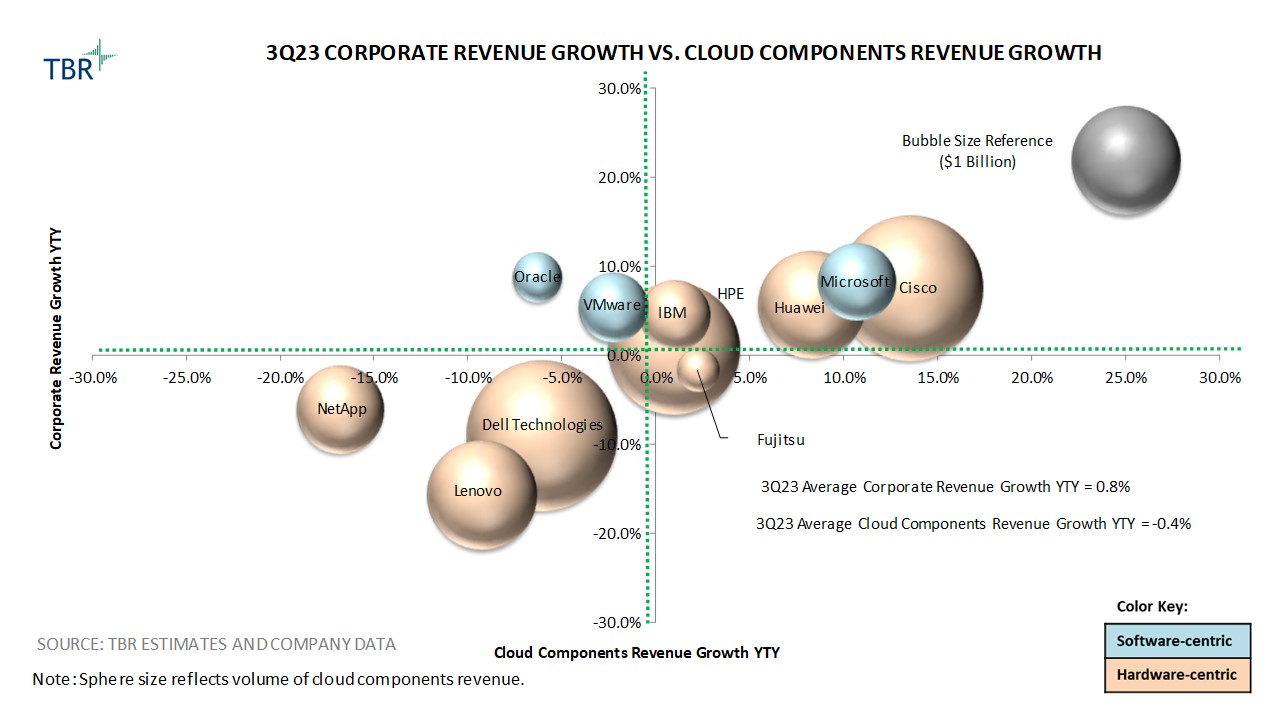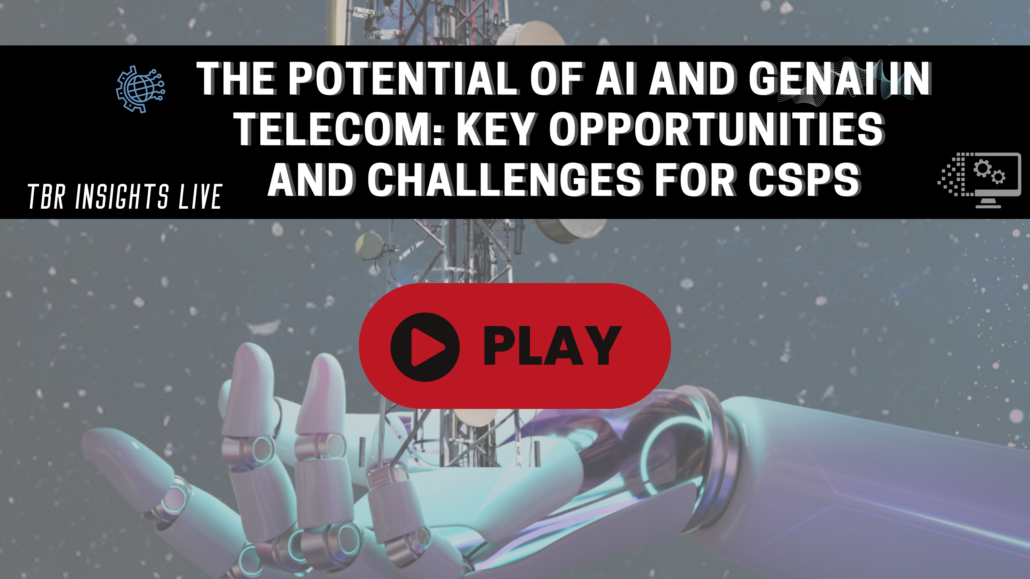3 Ways AI Is Transforming the Cloud Industry in 2024
Hyperscalers and SaaS providers are clearly on the front lines of GenAI monetization, but the availability of GenAI services through cloud delivery methods will also accelerate the development of the market.
The Current State of AI Use in Cloud
GenAI adoption is reinforcing one of the strongest value propositions of cloud computing: access to technology. That’s right, even though cloud computing started with a focus on cost — both reducing and delaying costs through an operating expense model versus a capital expenditure model — more recently customers have come to appreciate the access to innovation via cloud models.
This cloud-delivered GenAI model is accelerating the pace of investment at scale in the market and will ultimately grow the market more quickly. Most customers are starting with a handful of use cases to gain experience and build the business case for additional GenAI investments. Software development, customer service, procurement, sales and marketing, and strategic ideation are common use cases for enterprises getting started with the technology.
Customers are still at a beginning stage of evaluating the costs, benefits and best practices for these early use cases, but we expect maturity to develop quickly throughout 2024. The experience gained throughout this year, including the security, quality and connection to measurable outcomes, will form a critical foundation for growth in adoption and in the market opportunity over the next five years.
How Will AI Impact the Cloud Market in 2024?
Torrents of Investment Will Continue
Cloud vendors must invest tens of billions of dollars in 2024 to realize the market opportunity in 2025 and beyond. Core infrastructure to support GenAI service growth is still in short supply, requiring significant data center build across the globe. As each vendor races to establish its AI infrastructure footprint, demand for high-performance silicon will outpace supply, compounding investment demands.
Meanwhile, the power held by large language model developers like OpenAI and Anthropic is drawing capital investments across the cloud landscape as vendors vie for their attention and collaboration. These investments will continue to grow and acquisitions are possible as cloud players look to establish a competitive advantage.
Trickles of Returns Will Grow
Premium cloud tiers, GenAI-add ons and pure play vendor revenue streams will grow but be outsized by the amount of investment required to support long-term growth. GenAI is still in its infancy, and a greater proportion of the necessary R&D investment lies ahead for cloud vendors. Customers will need to see tangible value delivered by their GenAI investments, which may not be feasible yet for many future use cases. Over the coming years, the focus will be on contextualizing GenAI around specific use cases to automate workflows and ensure positive ROI is delivered to customers. This will broaden the market opportunity and create a growth driver for players that are able to execute.
Ecosystem Development Continues at a Furious Pace
As is the case with all cloud technologies, the partner ecosystem will be a critical component of vendors’ GenAI strategies. From a technology perspective, relationships between delivery-focused hyperscalers and the model innovators like OpenAI and Anthropic were the initial priority, which is best illustrated by the strategic alliance forged between Microsoft and OpenAI.
These partnerships are bringing GenAI to the enterprise and allowing customers to begin experimenting with custom model development. This is where IT services providers will find their opportunities. Global systems integrators and management consultancies have the skills, certifications and competencies needed for GenAI adoption growth, and efforts to support the ecosystem development will occur as a result.
Conclusion
The current state of AI use in cloud computing underscores the shift from a focus solely on cost reduction to embracing innovation accessibility. Cloud providers are investing heavily in GenAI infrastructure, enabling customers to start with free solutions and scale up as needed, particularly in areas like software development, customer service and strategic ideation.
While customers are still in the early stages of evaluating the costs and benefits, 2024 is expected to witness significant strides in maturity, including improved security, quality, and measurable outcomes. Looking ahead, investment will continue as cloud vendors race to establish their AI infrastructure footprint, with collaborations and acquisitions likely as players seek a competitive edge.
However, returns may grow slowly initially due to the substantial R&D investment required, necessitating a focus on demonstrating tangible value and contextualizing GenAI around specific use cases to ensure positive ROI for customers. Moreover, ecosystem development remains crucial, with partnerships between hyperscalers and AI innovators driving GenAI adoption in enterprises, presenting opportunities for IT service providers to support ecosystem growth.


